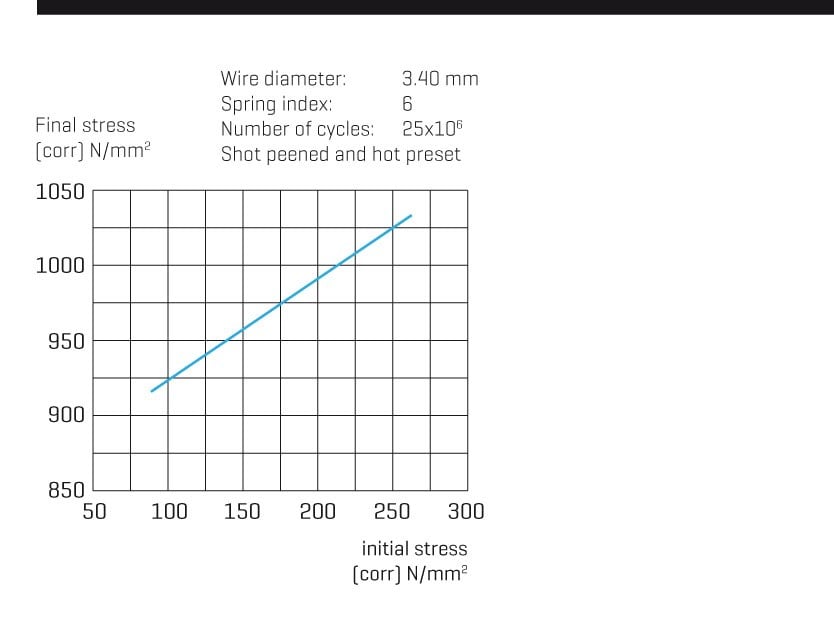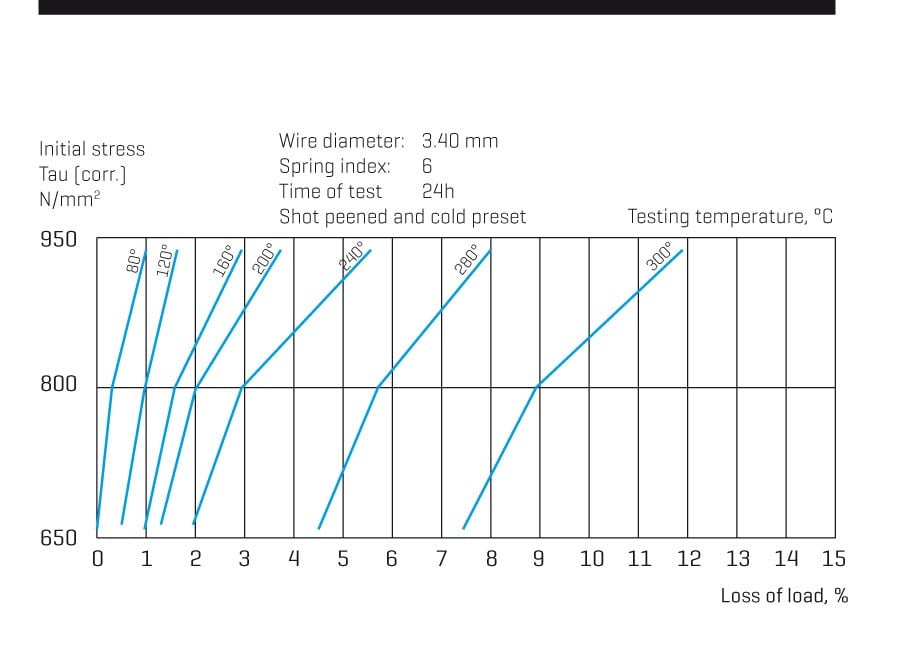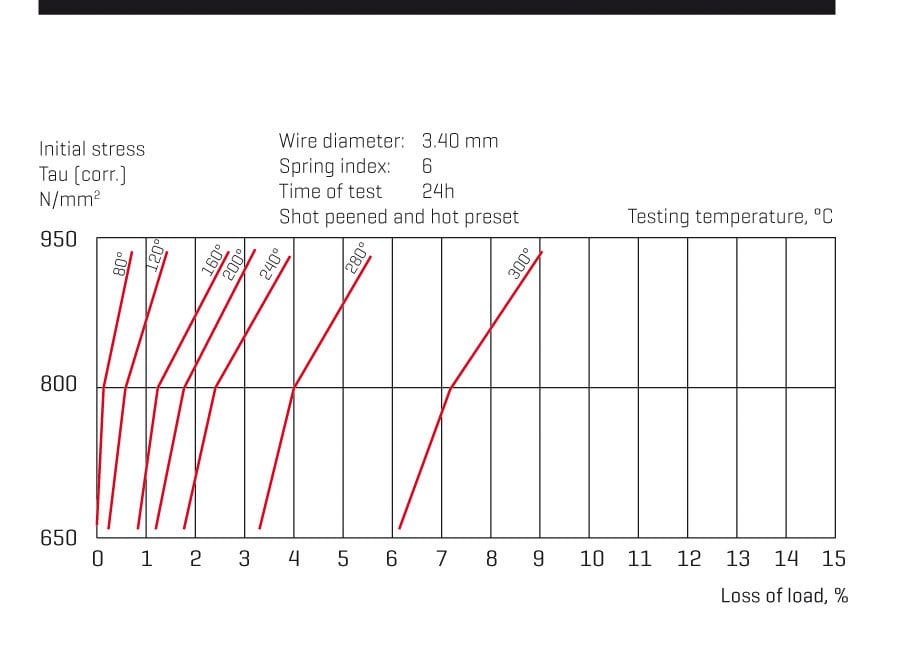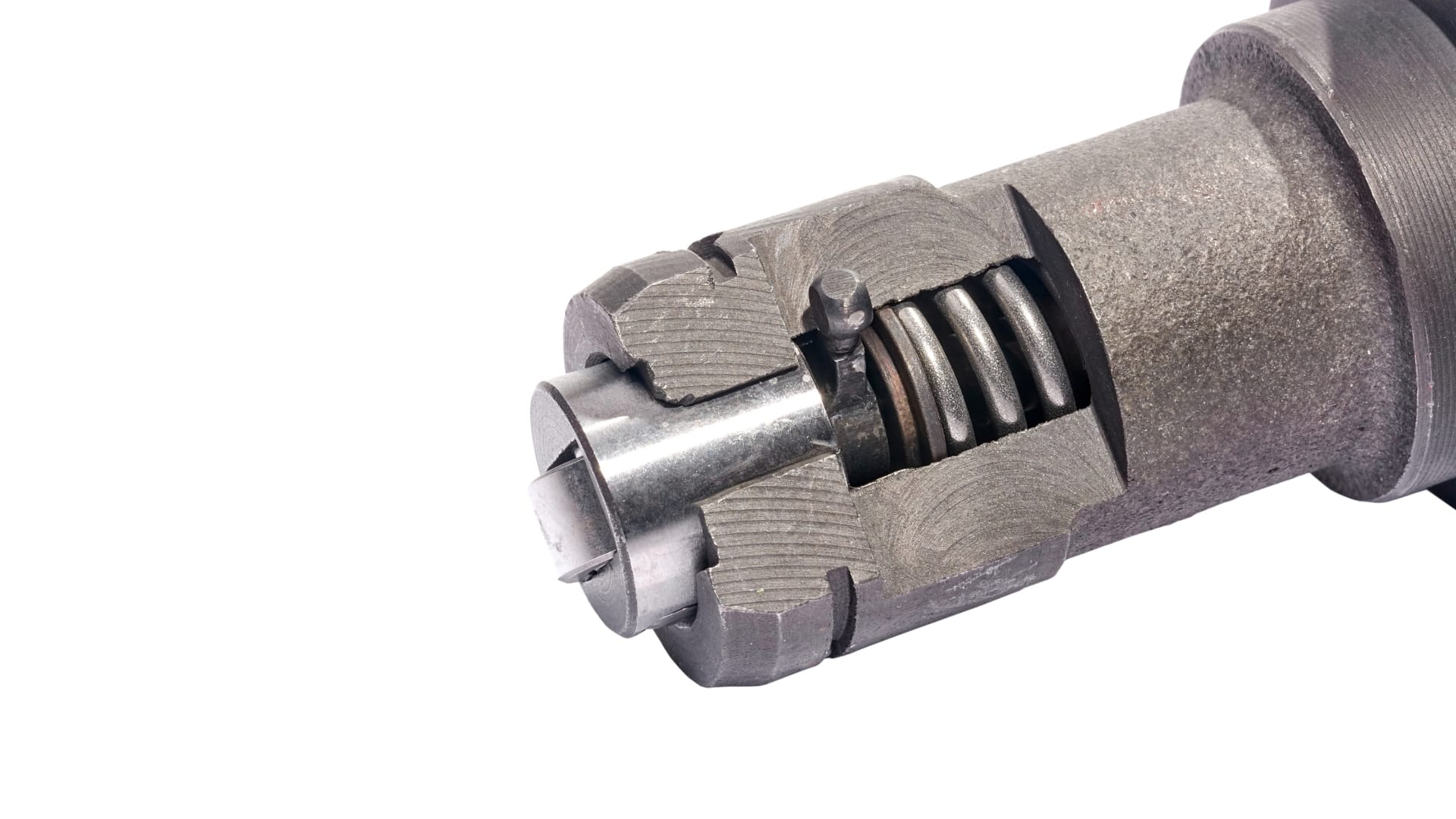Interested in this product?
Contact us for further discussions. Our dedicated team is ready to assist you, understand your wire product needs, and answer any queries. Submit your request below.
Product request
Very high fatigue with excellent surface condition
for applications with very high cyclic fatigue requirements
Stainless Steel
Remelted steel with excellent inclusion cleanliness and structure. Precipitation hardening for increased strength.
Moderate temperatures
suitable for use in slightly elevated temperatures
Product information
Technical specification
Mechanical properties
Chemical composition
Surface conditions
Physical properties
Recommendations
Documents
| Property | Value | |
|---|---|---|
| E modulus of elasticity | Abt. 190 kN/mm2 in drawn condition. | Abt. 200 kN/mm2 after heat treatment. |
| G modulus of shear | Abt. 73 kN/mm2 in drawn condition. | Abt. 78 kN/mm2 after heat treatment. |
| Density | 7.90 kg/dm3 |
Steel grades and product standards
| Nearest equivalent product standards | EN ISO 6931-1 | ASTM A313 | AMS 5678 | BS 2056 301 S81 | JIS G4314 |
| Nearest equivalent steel grades | EN/DIN 1.4568 | AISI/SAE 631 | JIS SUS 631 |
Applications using GARBA 177 Supreme
×
![]()



